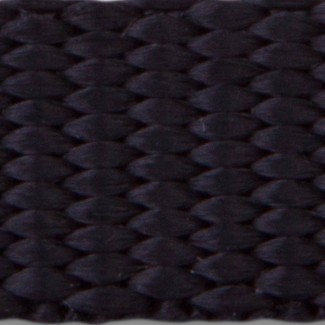- Local: (516) 346-4636
- Toll-Free: (800) 886-6060
- Fax: (516) 346-4366
- Email: kflynn@nationalwebbing.com
There are three options to consider regarding
webbing material: nylon, cotton, and polypropylene. Each comes with its
advantages and disadvantages. When selecting the right material for you, you
will have to consider your specific needs. We want to help make that decision
easier for you. In this article, we will go over each type of material and its
most common applications. 
If strength is what you are after, then look no further than nylon webbing. The strongest and most durable webbing material, nylon is known for its stretching ability. Nylon features a smooth feel and is water absorbent and shrink-resistant.
This type of webbing is the second most durable of the three types of materials. Polypropylene (also known as polypro) is often used in military applications due to its water-resistant characteristic. The biggest advantage of polypro is that it is expensive. Some of its other popular features are that it is easy to clean and dries quickly. Polypro is used in many applications, including but not limited to boat rigging, belts, child safety, and harnesses.
While cotton is the least strong of the three materials, its popularity is due to its ability to eliminate static electricity. While it is not the strongest, cotton webbing is still durable and provides the best texture. It is also the easiest to sew. While cotton is more expensive than its counterparts, it provides the most natural fiber feel. Some of the many uses for cotton webbing are as follows:
Related Reading